Definition
Aestheticism is the term which was used in a movement to emphasize the aesthetic value of art.
What was the objective of aestheticism movement?
This movement took place in the 19th century England. This movement was usually meant to give importance to the aesthetic value more than the social and political themes in literature as well as other forms of art.
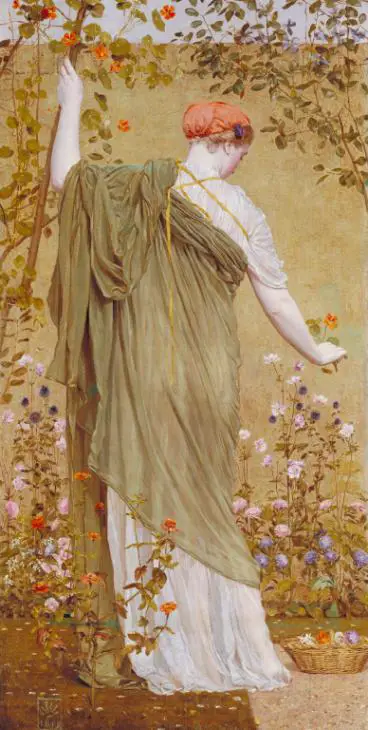
The Victorian era aestheticism played a great role in shaping the society as well as the portrayal of the society in literature. The impact of the aesthetic movement was huge and almost every form of art started changing due to this movement.
Aestheticism movement characteristics
Motifs used were: sunflowers, peacock feathers, lilies, paisley, flowers, leaves, Japanese forms, insects, butterflies and birds.
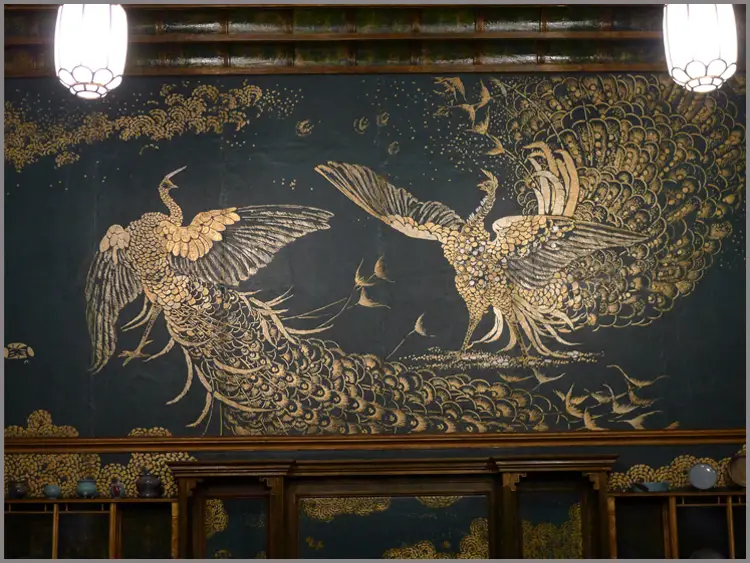
Architecture and Buildings: Queen Anne style (both American and English styles) are typically linked to it, although there was no architecture style associated with the Aesthetic Movement.
Interiors: the interiors architecture arrangement and composition pattern is important and usually layered on top of one another. Muted primary colors. Tertiary colors (ie: blue-greens), old gold, olive, terra-cotta, drab or khaki, accented with Japanese colors like yellow, gold, and reds.
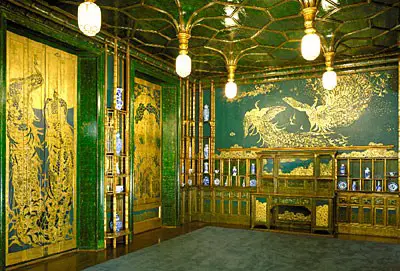
Floors started out as wood planks with area rugs. Reformers stated that carpet was not only wasteful, not reusable, and hard to clean but also that it was unhealthy due bacteria build up. If wood floors are not desirable to the client, then parquet floors were the next solution. Unfortunately, parquet flooring is too expensive for homeowners.
Other floors were tile, linoleum, and kamptulicon. Typical walls had a tripartite design followed by three horizontal divisions. most people chose wallpaper. Mantles are the focal point of the room. they decorated the cabinets, shelves, brackets, etc with niches in design. Most of the doors are paneled and may be stained or painted to match the rest of the woodwork.
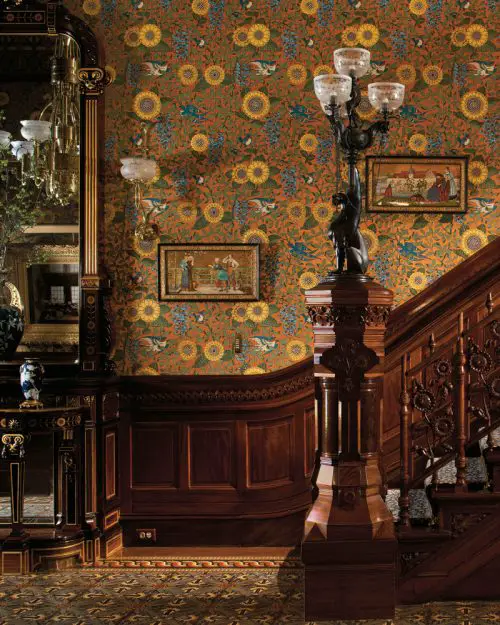
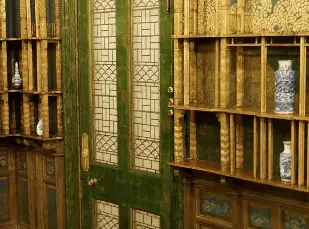
Lighting during this time was primarily auxiliary lighting. gas and electric lighting was available but they were unreliable.
Aesthetic movement furniture pictures


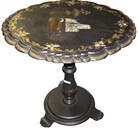
Aesthetic movement was not only popular in England but was also popular in France and Italy. Aesthetic literature provides a great value to the work of art emphasising the need of beauty. The Victorian age was the age of reason and logic.
There was no place for imagination, romanticism as well as adventure. The lack of the ideal of beauty in the forms of art was found in this period. During this period art used to carry a moral and a sentimental message.
This became quite obvious and there were lots of people who started losing interest in this form of art. This is one of the major reasons for the Victorian era aesthetic movement. There were certain writers who wanted the aesthetic value to be added to literature and other forms of art.
The artists and writers who supported this form believed that art should be used to offer a refined sensual pleasure to the readers as well as the writers. The aesthetics themselves developed a cult of beauty for their literature and they wanted to use that cult for their work.
According to them, this beauty would make their work more attractive and wanted. These people were even against the didactic form of art. They only wanted to make art beautiful. There were certain characteristics of writing found during the Victorian era aestheticism movement.
These characteristics were the use of symbols, suggestions instead of any firm statement, music, and sensuality. Words equalled to music in the works of these artists. They created an aesthetic effect with the help of music, word and color.
The value of aesthetics was taken up by the poets and Keats and Shelley became the predecessors to follow this movement in the world of logic and reasoning. The similar style was maintained in visual arts as well.
What Is Neo-Victorian Aesthetic Movement?: Exploration of modern interest and revival of Victorian aesthetics.